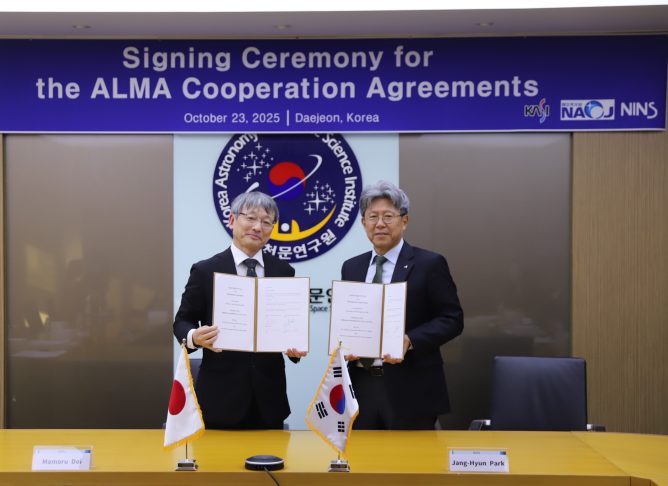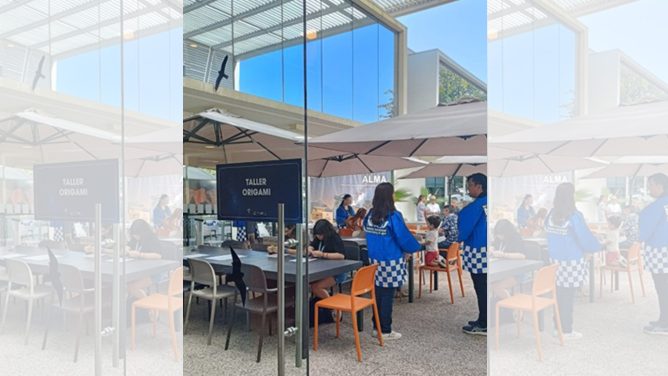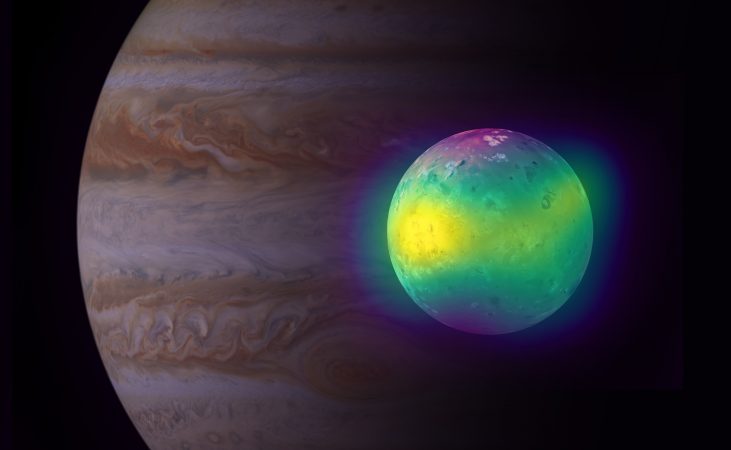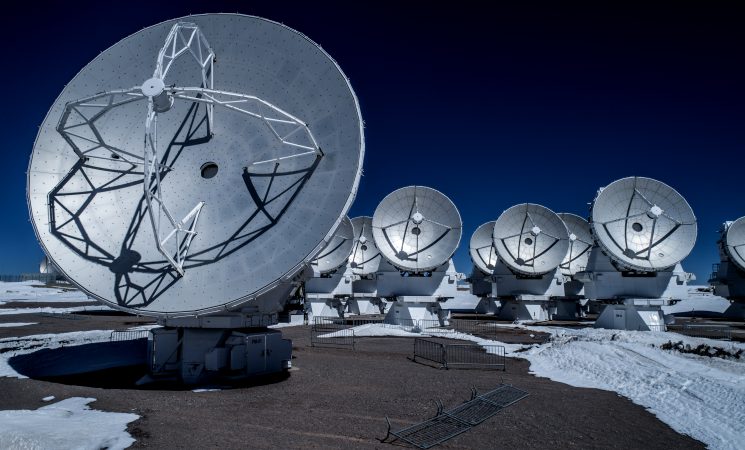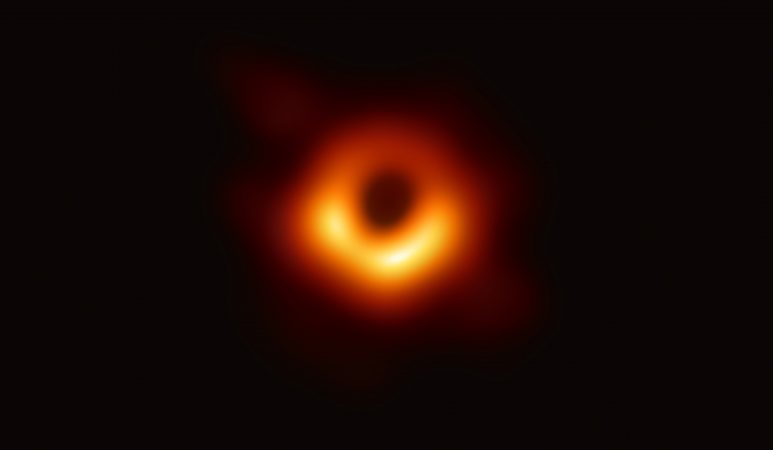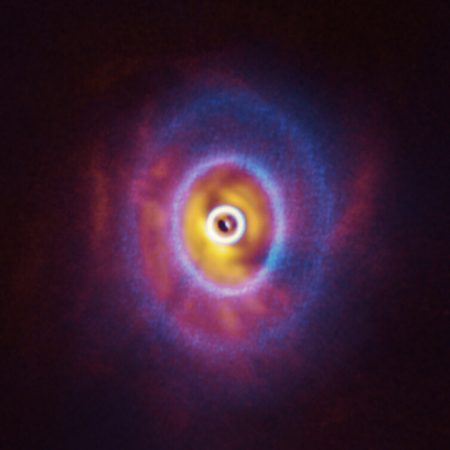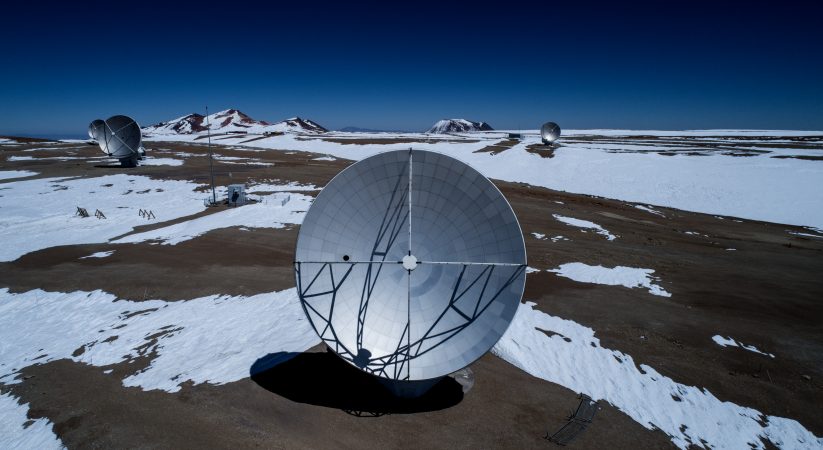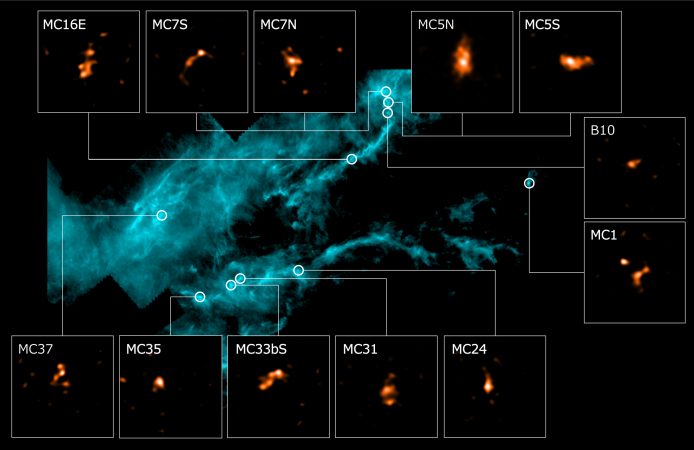The research group led by Rie Miura, a graduate student at the University of Tokyo has found evidences of sequential star formation induced by the expansion of a super-giant HII region. The group observed the super-giant HII region called NGC 604 in the Triangulum Galaxy (also known as Messier 33) with the millimeter interferometer of the Nobeyama Radio Astronomical Observatory, and discovered that the star formation activity decreases with increasing projected distance from the central cluster. This is the first time to unveil the process of sequential star formation in a giant extragalactic HII region. The group is going to investigate star formation in the giant HII region with ALMA that allows celestial observations at much higher resolution and sensitivity. Please visit http://alma.mtk.nao.ac.jp/~miura/index-e.html for more detailed information.


